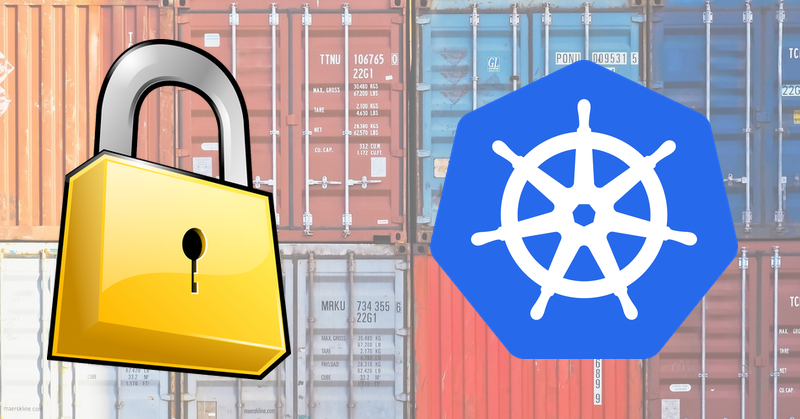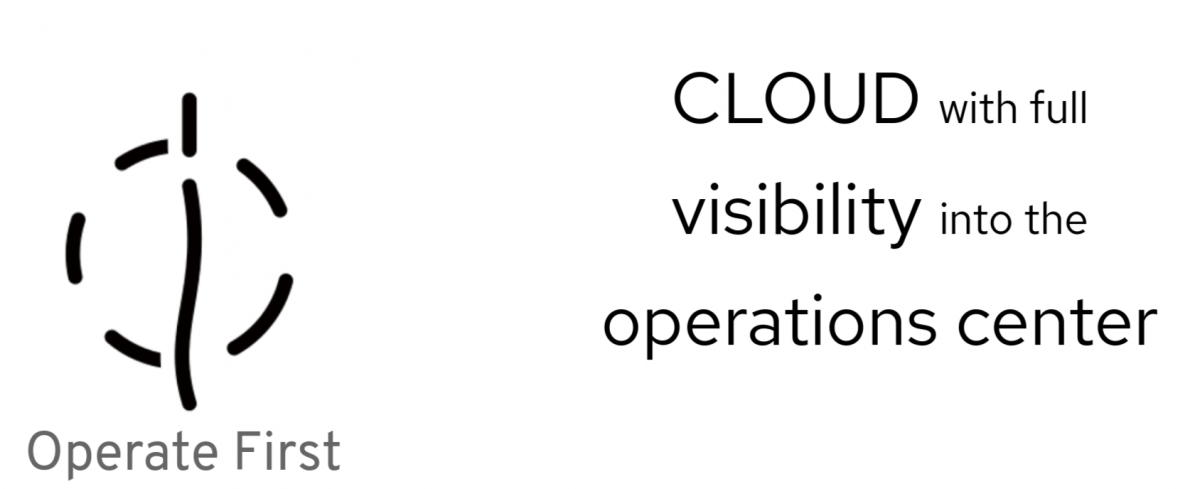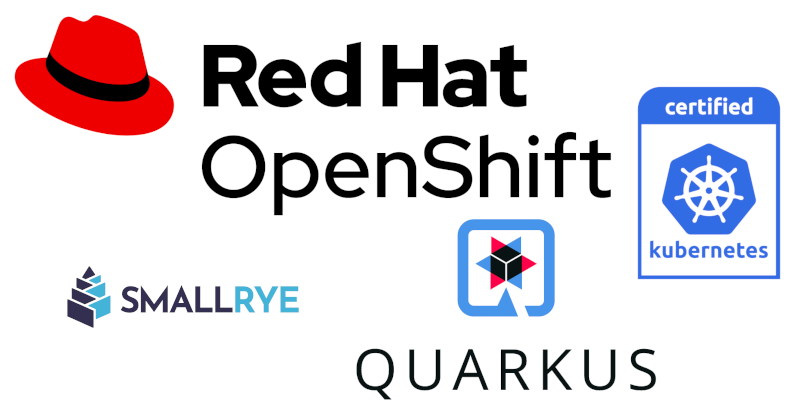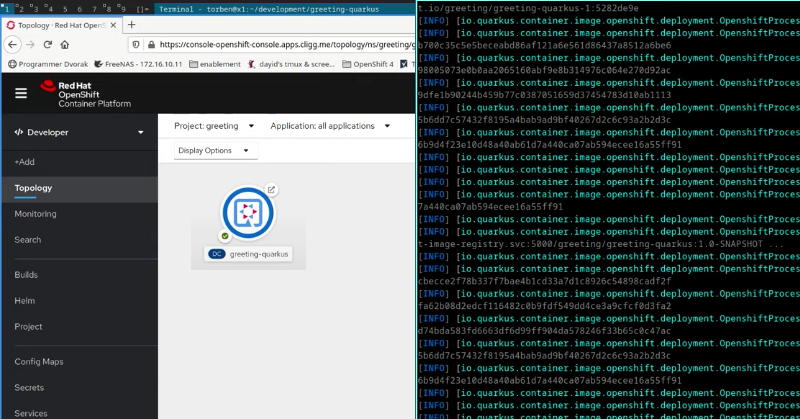Why do we need DevOps Metrics and what are they good for ?


Why do we need DevOps Metrics and what are they good for ?

Summary This article describes the installation of Red Hat Advanced Cluster Security (RHACS) using the Operator. It also covers the integration of Tekton Pipelines for the deployment of two different containers and the configuration of a Slack notification. A special feature here is that the installation and configuration is largely automated by scripts and can […]

Surely, if you have a challenge (faster release, becoming more agile, scalability, …) coming up in the next few years for your application development and deployment, you have heard that containerizing your applications on OpenShift will be the answer. And down the road, when your infrastructure & internal processes have evolved enough, and when legal […]

An interview with my colleagues Marcel Hild and Robert Bohne on new ways to apply Open Source principles to operating software. Ingo: Hello Robert, hello Marcel! Nice to have you here! And today we have an interesting topic “operate first” and I’m very curious what that really means. So, Marcel and Robert, please introduce […]

Introduction In this article series we are going to build together a sample cloud-native IoT architecture, called Bobbycar, based on the Red Hat OpenShift Container platform and a lot of other relevant technologies. The first part of the series should provide you with the necessary background on IoT-, Edge- and Cloud Computing and also briefly […]

Azure DevOps enables you to build, test, and deploy any application to any cloud or on premises. Red Hat OpenShift is the leading enterprise Kubernetes platform, built for an open hybrid cloud strategy. Learn how to configure release pipelines in Azure DevOps and deploy your applications on Red Hat OpenShift.

In my last post I promised to introduce you to a selected set of Quarkus extensions. Today I will cover three of those. In my opinion they make total sense in the context of a container development or just container runtime platform (such as Red Hat OpenShift or any other Kubernetes distribution). The effort : […]

Quarkus is the bright new star in the cloud-native App Dev universe! Quarkus is Red Hat’s upstream stack for Kubernetes native Java. Its characteristics are simple: Quarkus is small! Quarkus is fast! Quarkus is familiar! … and Quarkus makes Java relevant again in the cloud-native world where everyone talks about lightweight architectures, event-driven paradigms, container […]